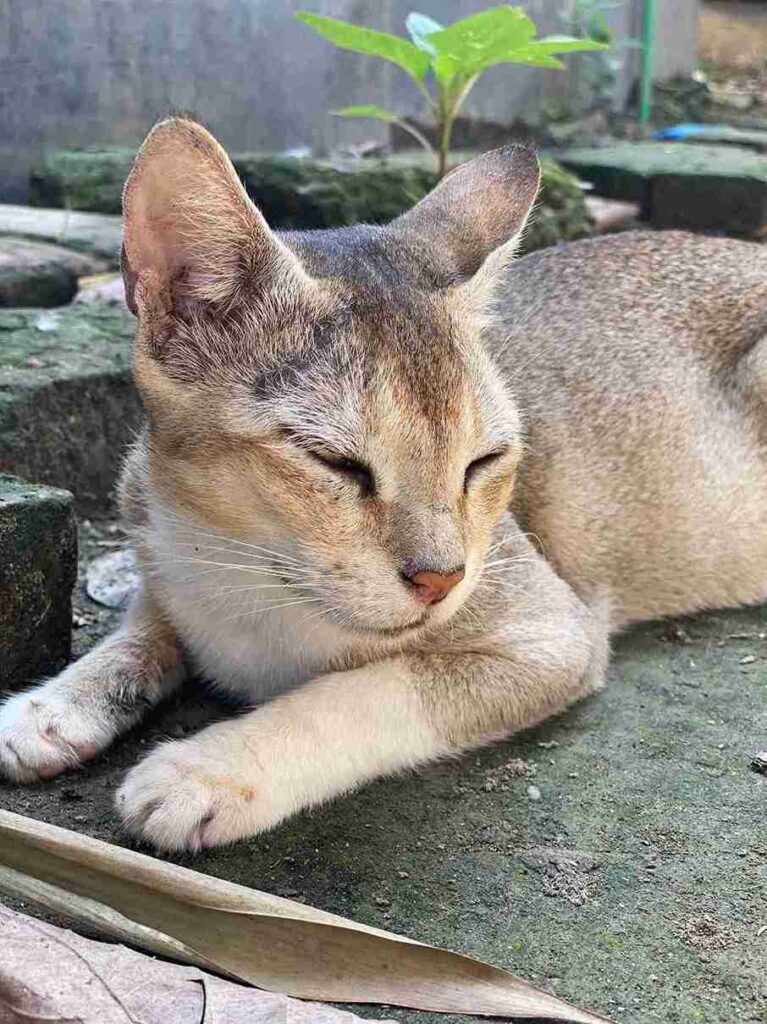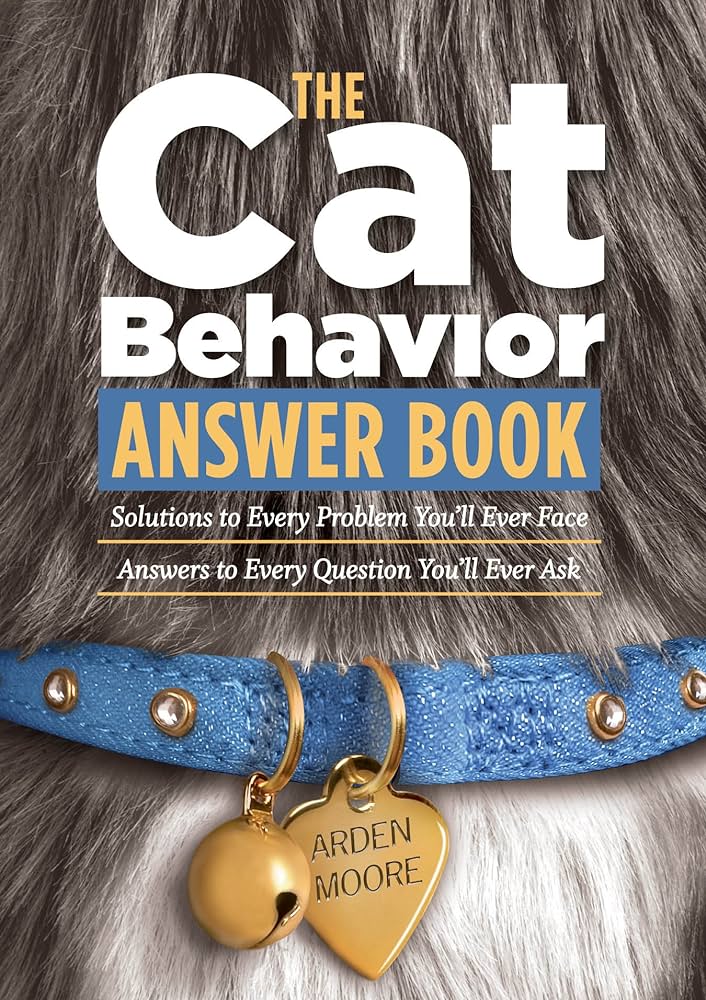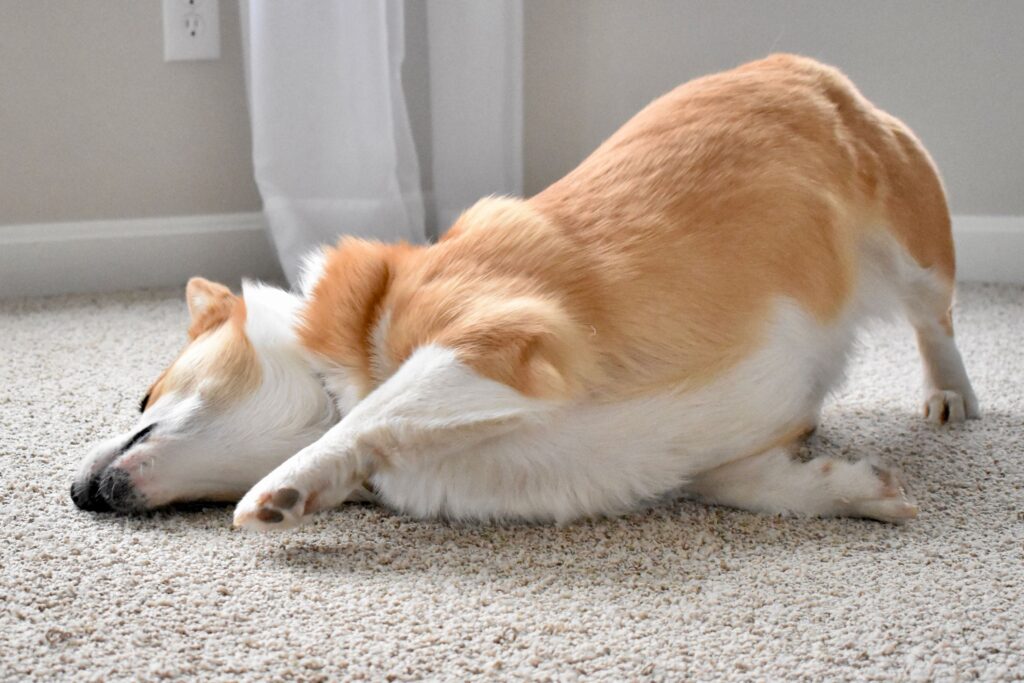Cats eat their hair due to grooming behavior and ingestion during self-cleaning. Combining regularly and using hairball control remedies can help reduce hair consumption.
If you’re a cat owner, you may have noticed your furry friend licking and grooming themselves. While this behavior is natural, it can lead to cats ingesting their hair, causing hairballs and potential health issues. Understanding why cats eat their hair and taking steps to minimize this behavior is crucial for your pet’s well-being.
We’ll explore the reasons behind this instinctive behavior and discuss effective strategies for managing it. By the end, you’ll be equipped with the knowledge and tools to ensure your feline companion’s grooming habits don’t become a cause for concern.
Contents
Understanding Cat Hair Consumption
Cats consume their hair for various reasons, with the hairball phenomenon being a common occurrence. This behavior is primarily driven by grooming, during which cats clean themselves by licking and swallowing loose hair. As a result, hair can accumulate in their stomach, leading to the formation of hairballs. Stress-related factors such as anxiety or environmental changes can also contribute to excessive grooming and subsequent hair ingestion. Additionally, dietary deficiency may prompt cats to seek out alternative sources of nutrients, including their own hair. By comprehending the reasons behind cat hair consumption, owners can implement measures to mitigate the issue and ensure their feline companions’ well-being.
Health Implications Of Hair Eating
Cats may eat their hair for various reasons, but it can lead to serious health implications. One of the primary concerns is the formation of hairballs, which can cause digestive complications. These hairballs can lead to intestinal blockage, resulting in discomfort and potentially requiring medical intervention. Additionally, the ingestion of hair can lead to vomiting and diarrhea. As a cat owner, it’s crucial to be aware of the potential health risks associated with hair eating and take preventive measures such as regular grooming and providing specialized diets or supplements that help reduce hairball formation.
Mitigating Hair Consumption In Cats
Cats’ grooming practices are one of the main reasons for them ingesting their own hair. Regular combing and brushing can significantly reduce the amount of hair a cat ingests. Dietary adjustments can also play a role in mitigating hair consumption, such as incorporating high-fiber foods into their diet, which can aid in reducing hairball formation. Additionally, hairball preventative products like specialized treats or hairball remedies can serve as an effective solution to this problem. By adopting these methods, Cat owners can ensure their pets lead a healthier, more comfortable life.
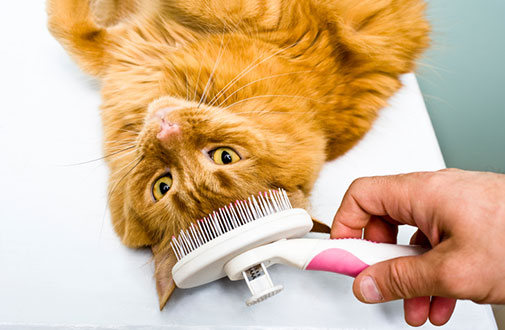
Credit: www.aspca.org
Frequently Asked Questions Of Why Do Cats Eat Their Hair? Time To Comb Your Worries Away
Why Do Cats Eat Their Hair?
Cats may eat their hair due to grooming habits or stress. Hairballs can form in their stomachs, leading to health issues.
Is It Normal For Cats To Eat Their Hair?
It’s common for cats to groom themselves, but excessive hair consumption could indicate an underlying issue such as anxiety or digestive problems.
How Can I Prevent My Cat From Eating Its Hair?
Regular grooming, a healthy diet, and providing environmental enrichment can help reduce hair consumption in cats. Consult a vet for specific advice.
Conclusion
To sum up, understanding why cats eat their hair can help in preventing potential health issues. Regular grooming and proper nutrition are essential in managing this behavior. By taking the necessary steps to keep your cat well-groomed and providing a balanced diet, you can help ensure their overall well-being and minimize the risk of hair-related complications.
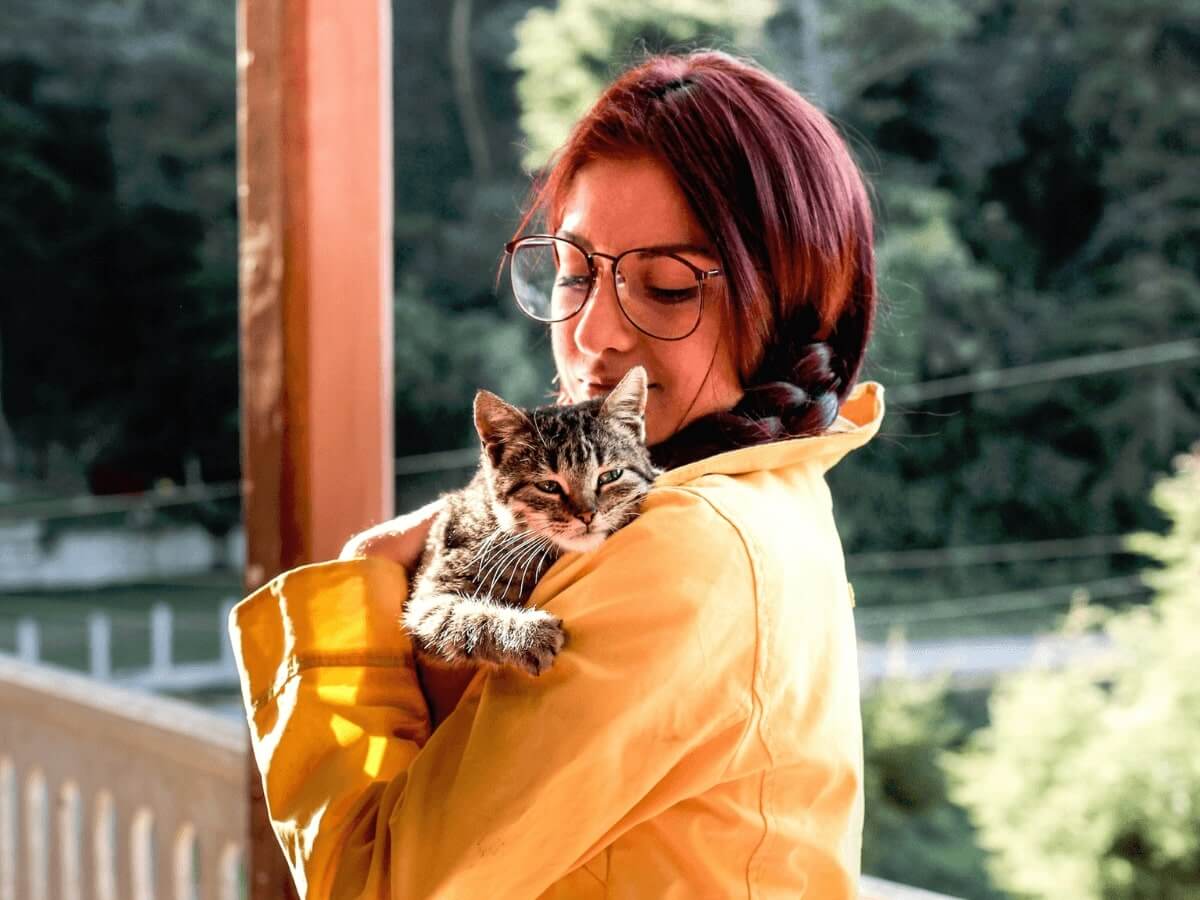
Katie Lindsey is a passionate cat lover and founder of Cats Solution, a comprehensive resource for all things feline. With a lifelong love for cats and extensive knowledge in their care and behavior, she provides expert advice and solutions to cat owners. Through her website, Katie fosters a supportive community where cat enthusiasts can find guidance and heartwarming stories. A dedicated advocate for animal welfare, Katie also promotes responsible pet ownership and adoption. Join her on this purr-fect journey celebrating the joy of feline companionship.
